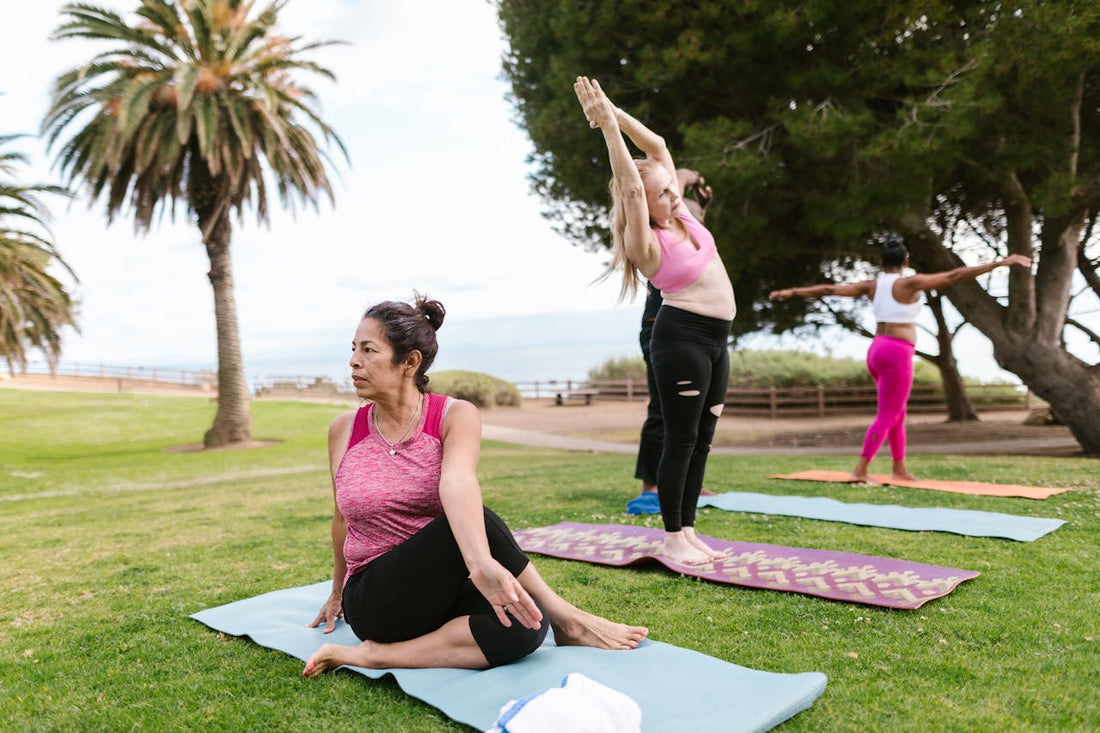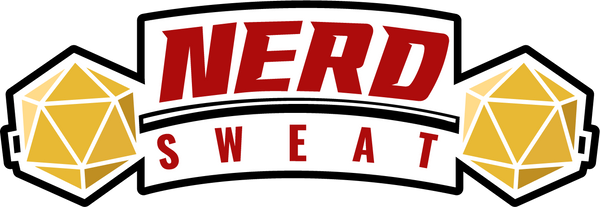
Top Low-Impact Exercises for Beginners over 50: Start Your Fitness Journey Safely and Effectively
Starting a fitness journey at the age of 50 can seem daunting, especially if you’re concerned about joint health and the risk of injury. However, low-impact exercises offer a safe and effective way to improve your fitness without putting undue stress on your body. These exercises are gentle on the joints while still providing significant health benefits. Here are some of the best low-impact exercises to help you get started on your fitness journey.
Walking: The Perfect Starting Point
Walking is one of the simplest and most accessible forms of exercise. It requires no special equipment and can be done anywhere. Walking helps improve cardiovascular health, boosts mood, and strengthens muscles. Start with short, manageable distances and gradually increase your pace and duration. Aim for a brisk walk of 30 minutes a day, five days a week, to reap the full benefits.
For more on the benefits of walking, check out this article from the Mayo Clinic: Walking: Trim your waistline, improve your health
Swimming: Full-Body Fitness with Minimal Impact
Swimming is an excellent low-impact exercise that provides a full-body workout. The buoyancy of the water reduces stress on the joints while allowing you to engage multiple muscle groups. Swimming can improve cardiovascular health, enhance muscle strength, and increase flexibility. If swimming laps isn’t your style, consider water aerobics classes, which are equally beneficial and often available at local pools or community centers.
Learn more about the benefits of swimming from Healthline: Swimming: Benefits, Risks, and Safety
Cycling: Pedal Your Way to Health
Cycling, whether on a stationary bike or outdoors, is another fantastic low-impact exercise. It strengthens the legs, improves cardiovascular fitness, and can be adjusted to suit your fitness level. Start with short rides on flat terrain and gradually increase the distance and difficulty. Stationary bikes are great for indoor workouts, providing a safe and controlled environment to build your endurance.
Read about the health benefits of cycling from Harvard Health Publishing: Cycling for Health and Fitness
Yoga: Flexibility, Balance, and Strength
Yoga is an excellent way to improve flexibility, balance, and strength without putting stress on the joints. It also promotes relaxation and mental well-being. Many yoga poses can be modified to suit different fitness levels and physical abilities. Look for beginner or gentle yoga classes, and consider starting with chair yoga if you have limited mobility. Yoga can be practiced at home with online videos or in a group setting for added support and motivation.
Discover the benefits of yoga from Johns Hopkins Medicine: The Benefits of Yoga
Pilates: Core Strength and Stability
Pilates focuses on core strength, stability, and overall body conditioning. It involves controlled movements that enhance muscle tone, improve posture, and increase flexibility. Pilates exercises are typically performed on a mat or using specialized equipment. Many fitness centers offer beginner Pilates classes, and there are plenty of online resources to guide you through basic routines at home.
Learn about Pilates and its benefits from Verywell Fit: The Benefits of Pilates
Tai Chi: Gentle Movements for Mind and Body
Tai Chi is a form of martial arts known for its slow, controlled movements and emphasis on balance and coordination. It is often described as "meditation in motion" and is ideal for improving physical and mental health. Tai Chi can enhance muscle strength, flexibility, and cardiovascular fitness while reducing stress and promoting relaxation. Many communities offer Tai Chi classes specifically designed for older adults.
Find out more about Tai Chi from Harvard Health Publishing: The Health Benefits of Tai Chi
Resistance Band Exercises: Strength Training Made Easy
Resistance bands are versatile tools that provide a low-impact way to build muscle strength. They are easy to use and can be incorporated into various exercises targeting different muscle groups. Resistance band exercises can be performed at home, require minimal space, and are easily adjustable to match your fitness level. Incorporating resistance training into your routine helps maintain muscle mass and bone density, which are crucial for overall health as you age.
Read about resistance band exercises from the American Council on Exercise: Top 10 Resistance Band Exercises
Rowing: Full-Body Cardio Workout
Rowing is a low-impact exercise that provides a full-body workout, engaging the legs, core, and upper body. It improves cardiovascular health and muscle strength while being gentle on the joints. Rowing machines are widely available at gyms, and some fitness centers offer rowing classes. If you prefer the outdoors, consider joining a rowing club or finding opportunities to row on calm waters.
Learn more about rowing from Men's Health: The Benefits of Rowing Workouts
Dancing: Fun and Fitness Combined
Dancing is a joyful way to stay active and fit. Whether you prefer ballroom, line dancing, or even dancing in your living room, it’s a great way to improve cardiovascular health, balance, and coordination. Dancing can also be a social activity, providing an opportunity to meet new people and enjoy shared experiences. Many communities offer dance classes for beginners and older adults.
Explore the benefits of dancing from the AARP: Dancing Your Way to Better Health
Stretching: Essential for Flexibility and Mobility
Incorporating regular stretching into your routine is essential for maintaining flexibility and mobility. Stretching exercises can be done daily and are particularly beneficial after other forms of exercise. They help prevent injury, reduce muscle tension, and improve overall movement. Focus on gentle, sustained stretches for all major muscle groups, holding each stretch for 20-30 seconds.
Get tips on stretching from the Mayo Clinic: Stretching: Focus on Flexibility
Conclusion
Starting a fitness journey in your 50s is all about finding exercises that you enjoy and that fit your lifestyle. Low-impact exercises are an excellent choice as they provide significant health benefits while minimizing the risk of injury. Whether you prefer walking, swimming, cycling, yoga, Pilates, Tai Chi, resistance band exercises, rowing, dancing, or stretching, the key is to stay consistent and listen to your body. Embrace the journey and celebrate each step towards a healthier, more active you.
